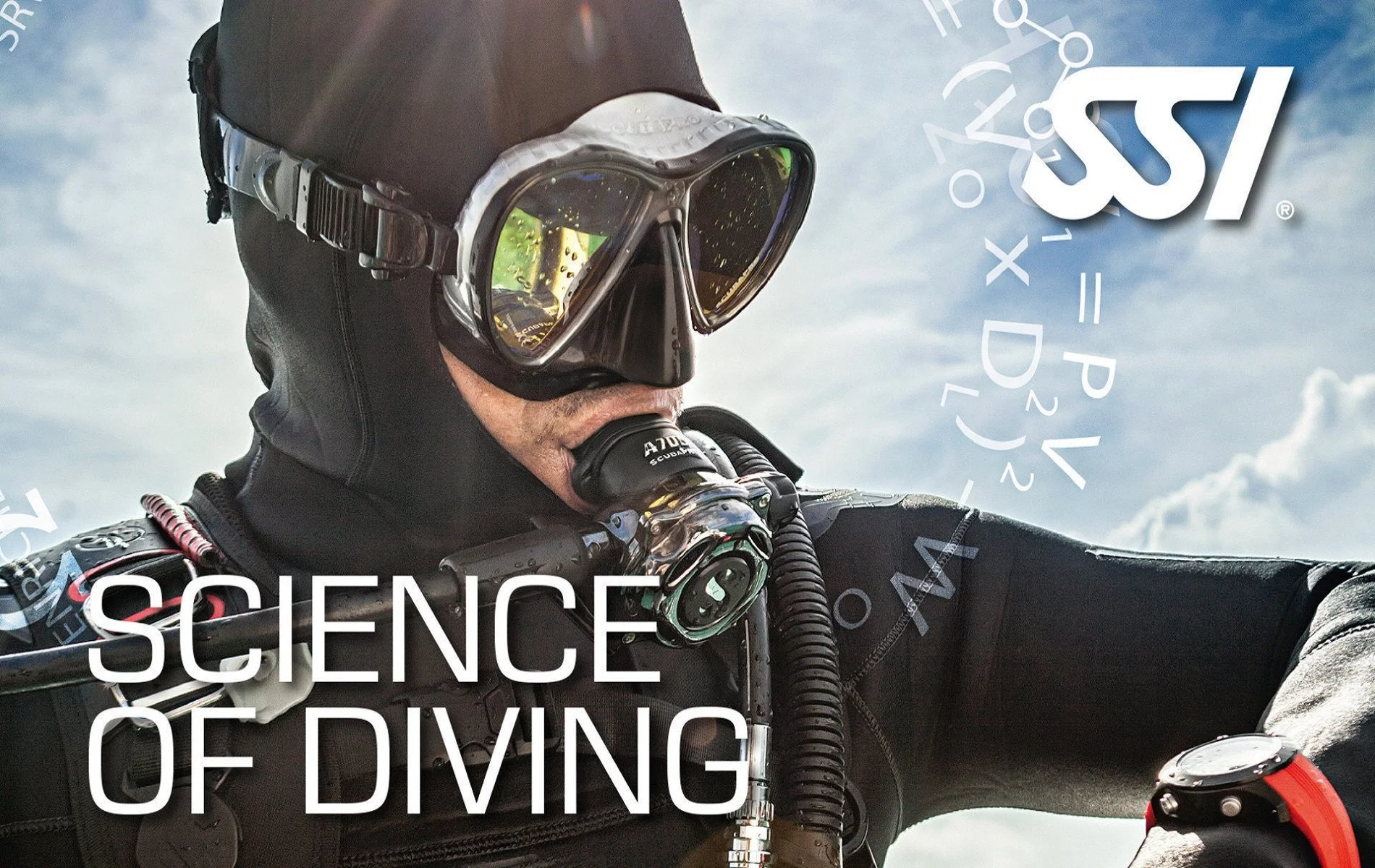Here’s what you need to know about staying alive in deep water.
There is a science behind Scuba diving. Whether you are diving under deep water, caves, tunnels, or shallow dives. Science goes side by side so that, A human can safely dive. Let us discuss the myth of science and what Scuba elaborates us about Physics.

Physics of Scuba Diving
The physics of scuba diving involves a range of physical principles and concepts that are important to understand in order to dive safely and effectively. These include concepts related to pressure, buoyancy, and gases, as well as the physiological effects of diving on the human body.
Pressure
Pressure is a key concept in scuba diving, as it plays a major role in determining the amount of gas that is required for diving and the effects that diving has on the body. The pressure of the water at any given depth is directly related to the depth itself, with pressure increasing with depth. At sea level, the atmospheric pressure is approximately 14.7 pounds per square inch (psi), and this increases by approximately 1 atmosphere (atm) for every 33 feet of depth.
The pressure of the water can have significant effects on the body, particularly on the respiratory and circulatory systems. At depths greater than around 33 feet, the increased pressure can cause the lungs to compress, making it more difficult to breathe. This is known as lung squeeze and can be dangerous if not properly managed.
Regulators
In order to mitigate the effects of pressure on the body, scuba divers use a device called a regulator to breathe compressed air from a scuba tank. The regulator reduces the pressure of the air in the tank to match the surrounding water pressure, allowing the diver to breathe normally at any depth.
you can read more about how Scuba Regulators work
Buoyancy
Buoyancy is another important concept in scuba diving, as it determines the ability of a diver to ascend or descend in the water. Buoyancy is the upward force exerted on an object in water, and it is determined by the object’s density and the surrounding water’s density.
Divers can control their buoyancy using a variety of techniques and equipment, such as weights and a buoyancy control device (BCD). Weights are used to counteract the natural buoyancy of the diver’s body and equipment, allowing the diver to sink or rise as desired. The BCD is a device that can be inflated or deflated using a gas supply, allowing the diver to fine-tune their buoyancy.
Effect of Gasses
Gases are another important factor in scuba diving, as the gases that divers breathe can have significant effects on their bodies. The most common gas used in scuba diving is air, which is a mixture of approximately 78% nitrogen and 21% oxygen. However, at deeper depths, the high pressure can cause the nitrogen in the air to become toxic, leading to a condition known as nitrogen narcosis. To mitigate this effect, divers can use a gas mixture known as trimix, which contains a lower percentage of nitrogen and a higher percentage of oxygen and helium.
Physiological effects
In addition to the physical principles and concepts involved in scuba diving, there is also a range of physiological effects that diving can have on the human body. These include the effects of pressure on the respiratory and circulatory systems, as well as the effects of exposure to cold water and the effects of breathing compressed gases.
Proper training and equipment are essential to mitigate the risks associated with these physiological effects and to ensure the safety of divers. This includes using appropriate exposure protection, such as wetsuits and drysuits, as well as using dive computers to monitor gas consumption and decompression status.
Final Words
Overall, the physics of scuba diving involves a range of complex concepts and principles that are important for divers to understand in order to dive safely and effectively. By understanding the physics of diving, divers can better manage the risks associated with the sport and enjoy the many benefits that diving has to offer.
You may also check our best reviews on Scuba Mask 2023.
